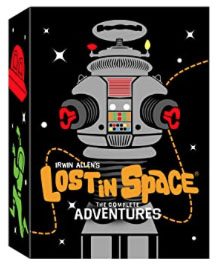
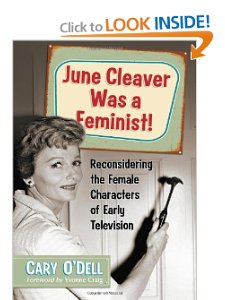
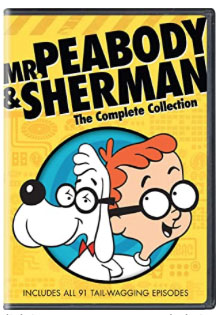
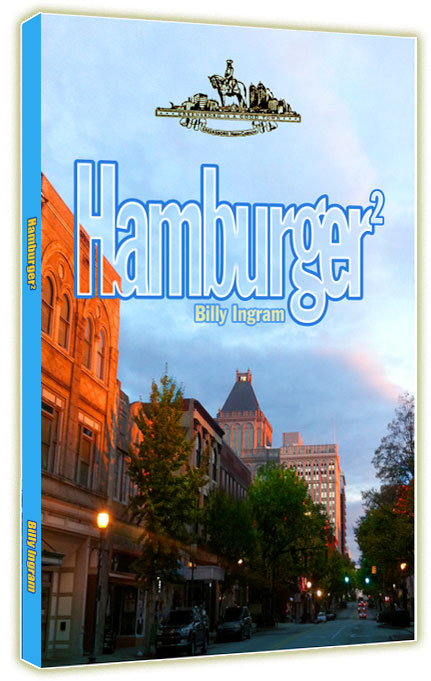
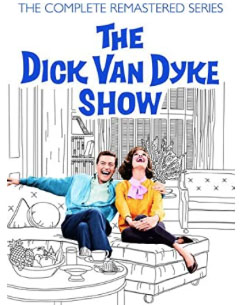
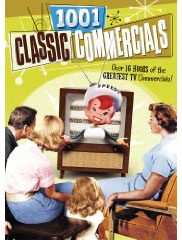

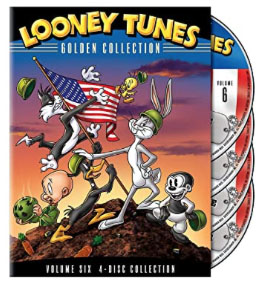
 |
 |
 |
 |
 |
 |
 |
 |
| |
|
||||||
|
TV Commercials
During the early-seventies commercial breaks during primetime were rarely longer than one minute so there was a great deal less clutter to break through for advertisers on TV. Beauty products, gasoline, automobiles, chemical companies, soap, food, cleaning products, toys, Coke, Pepsi and McDonalds dominated the primetime and daytime commercial landscape during this period. Let's look at some prime examples of TV commercials from the first half of the 'Me Decade.' |
|
|
|
Timex was a major advertiser on network TV from the very beginning and dominated the market as a result. Thanks to decades of strong marketing, by the time this TV ad aired one out of every two watches bought in the U.S. was a Timex. |
Moisturelle
/ 1972 |
|
|
In 1972 Kodak shrank their immensely popular Instamatic cameras down to pocket size; as a result, by 1975 they'd sold a whopping 25 million units of these mini-cameras.
No matter how small the camera, you needed bulky, expensive flash bulbs to take pictures indoors. The Trimlight Instamatic camera in 1975 was a slight innovation on the line with a reversible flash bulb package that was almost as big as the camera itself. This 8 bulb Flipflash (needing no battery) was introduced in 1975. |
Excedrin
PM / 1971 |
|
|
"Does she or doesn't she (only her hairdresser knows for sure)" was such an effective slogan it was kept around for decades, debuting in print ads way back in 1933. Here's an example from the 1960s:
|
Bacchus
/ 1970
|
|
|
Behold & Bufferin / 1970 - there were lots of housewives doing the dusting with a headache coming on back then, I guess. Dole Pineapple / 1970 - exotic Hawaiian locales give this product an air of authenticity. Future / 1970 - making floor polish seem more modern.
Keds Grasshoppers / 1971 - casual slip-on sneakers for women, these are still being sold. Lipton & Wishbone / 1971 - a full commercial break from a morning show. Lipton invested heavily in peppy jingles during the 1970s, an attempt to break free of their their once stodgy image. It paid off handsomely.
Listerine / 1970 - long running series of ads that featured people awkwardly telling someone important that they had bad breath.
Nice & Easy / 1971 - making hair color seem more modern. |
But will they catch on?
Tote'em
Bags / 1970 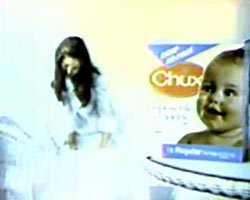
Chux
/ 1970 |
|
|
Instead A&H re-marketed the product with an entirely different focus, as a deodorizer for your refrigerator. It works. Did you know that if you have an article of clothing that smells smokey or whatever, you can put it in a small, enclosed space with a box of baking soda it absorbs the odor? Saves on dry cleaning! |
McDonald's
/ 1975 |
|
|
Proctor & Gamble did a bang up job when they introduced Aim toothpaste. Crest toothpaste, launched in 1955, was America's favorite by a wide margin largely because it was endorsed by the American Dental Association. Aim (introduced in 1973) was a gel, like hot-selling Close-up which was introduced in 1970. What set Aim apart was the quality of the advertising, smart without being clever, selling the cosmetic and therapeutic nature of the product. Thanks to commercials like this one Aim quickly captured 10% of the toothpaste market. |
Anacin
/ 1975 A decade earlier, Anacin had one of the most memorable classic commercial campaigns of all time - "Please mother, I'd rather do it myself!" |
|
|
In every variation some poor pup is bewildered by a miniature chuck wagon, then scurries through the home and into the kitchen cabinet after it. The only real variation would be the breed of dog that gets plagued by the unstoppable chuck wagon before the announcer (western icon Denver Pyle) extols the virtues of Chuck Wagon Instant Dinner with meaty, juicy "chunks." What those "chunks" were is anyone's guess.
|
Kawasaki
/ 1972 |
|
|
The 1970 Chevy Caprice came with all the amenities - like an 8 Track Tape player and an optional 454 cubic-inch, 390 horsepower Turbo Jet V8 engine that would net you an impressive 5 miles per gallon - of premium gas. Just think, in this car you could go a whole 100 miles on $60 worth of gas today - a mere 60 cents a mile. But gas was only about 25 cents a gallon in 1970 so who cared? Original purchase price - around $2,500. The announcer was Lloyd Bridges. |
Friskies
Buffet / 1972 Can cat food be upscale? That was the idea behind these ads and it worked, leading to other cat food makers to roll out their own 'Fancy Feasts.' Friskies Buffet is the top selling cat food in the USA thanks to ads like this one. |
|
There were a number of variations on this theme during the 1960s & 1970s, the first "Who's behind" ads featured celebrities like Peter Sellers, Elke Sommer, and Julie Christie. Foster Grants had been around since 1929 and were favored by Elvis Presley. Classic TV Commercials of the 1970s! 1970s TV Commercials for Women! |
GREAT
CLASSIC TV
COMMERCIALS: |